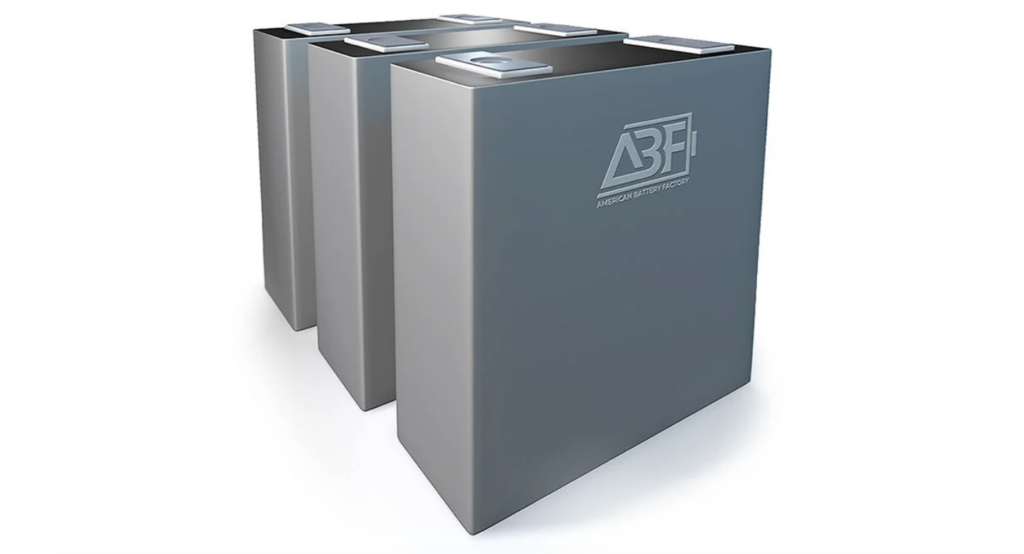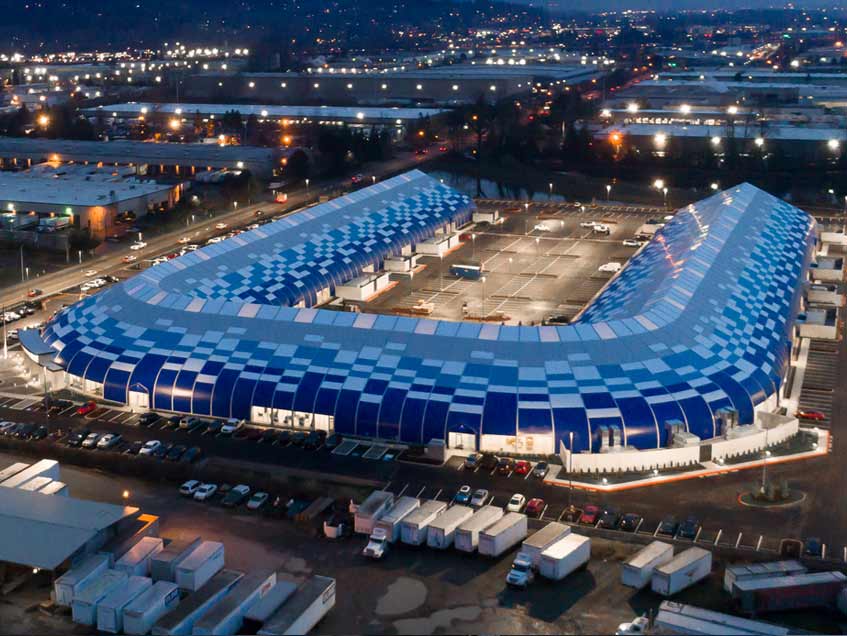
Energy-storage.news speaks with the CEO of American Battery Factory Inc (ABF), a relatively unknown company with big plans for a national network of LFP battery gigafactories in the US, targeting the energy storage market.
ABF claimed last week that it is “..developing the first-ever network of safe lithium-iron phosphate battery (LFP) cell gigafactories in the United States” with each factory creating 300-1,000 jobs. The company was incorporated 15 months ago and is a spinout of Utah-based solar and battery pack supplier Lion Energy.
Enjoy 12 months of exclusive analysis
- Regular insight and analysis of the industry’s biggest developments
- In-depth interviews with the industry’s leading figures
- Annual digital subscription to the PV Tech Power journal
- Discounts on Solar Media’s portfolio of events, in-person and virtual
ABF CEO Paul Charles says that the company will be building LFP battery cells targeting three specific market segments: military uses, larger low-speed electric vehicles (EVs), and stationary energy storage. It will sell to pack integrators rather than build whole systems itself.
“We believe that the energy storage market will be as large and potentially even larger than the EV space,” he says.
“Because the EV space needs to have energy storage for it to be successful,” he adds, citing an example of how residential storage systems can get around bottlenecks in local EV charging infrastructure capacity.
The company expects to have its first 3GWh production facility with R&D centre and substantial pilot line up and running in 18-24 months – meaning Q4 2023/Q1 2024 – with 3-6GWh expansions to it every six to twelve months. That first facility will cost a little under US$500 million while the overall build-out to 15GWh will cost US$1.5-2 billion as the unit cost falls over time.
“It will be the first factory for cell manufacturing that’s geared specifically for energy storage, military and selected EVs,” he claims.
Charles won’t say where it will be but claims typical barriers like planning and power will not be an issue and he is looking at multiple locations for additional factories. ABF also claims the cycle life for its batteries will be over 10,000 cycles, higher than the market norm for LFP batteries.
“We really believe that LFP is a mature technology. It’s safe, it’s proven, it’s low cost and it’s environmentally friendly. Plus, we have a roadmap for enhancements for those core technologies as well,” he says.
“We’re not saying other chemistries aren’t good, but for our market segments LFP is the way to go.”
The company is amongst a few others that have announced new gigafactory projects in the US. But, the other players have either already closed and announced several hundreds of millions of dollars in financing like Freyr, or are existing massive companies in the supply chain like Tesla, Panasonic, SK Innovation, Borg Warner/AKASOL and Envision AESC, which just today (16 March) announced a gigafactory plan for Mercedes in Alabama.
Energy-Storage.news asks CEO Paul Charles how a relatively unknown company that doesn’t fit the above profile can do this from a technical and financial standpoint.
“We’ve been very quiet in the marketplace but have built up our internal R&D team at ABF. They’re all US citizens and have experience in designing, developing and manufacturing prototype high-level units. We’re now a dozen-plus employees at ABF and also have access to the 130 employees of Lion Energy. We’ve spent the last 15 months identifying the supply chain here and found plenty of opportunities to source materials in the US,” he says.
The ABF team includes CTO James Mosby who joined ABF after a year at Panasonic’s operations within Tesla’s Nevada gigafactory, with stints at French battery manufacturer Saft and flow battery producer VIZn Energy Systems prior to that.
On how it is funding the gigafactory project, Charles claims it has unnamed private backers but that ABF will take advantage of public sector funding opportunities when they arise.
“We’re obviously moving forward with the Department of Energy funding but that will be for an enhancement to factory number two or three etc. Private sector capital is moving much, much faster. We have not made an announcement in terms of who our capital partners are but the response has been very, very favourable.”
He says one way that it’s managed to move quickly is by choosing high-tension membrane facility technology for its buildings. “These can literally be built in a US factory in about 10 weeks and it only takes a couple of months to stand that up. These are airtight and half the cost of construction.”

“Another thing that is quite different is that we’re not building massive factories because there’s always the question of how you get the 10,000-plus employees for a 100GWh facility. Ours only need 300-1000 employees which is a sweet spot. And that also means our model is decentralised and we can put our factories next to our customers – the solution providers and pack integrators.”
Like everyone with a supply chain, ABF is also feeling the pinch. Charles says that getting equipment in for its factory is its longest lead time due to soaring demand worldwide. “We’ve literally been to five different areas around the world where the equipment is manufactured, from Germany, India, Japan through to China and Korea.”
He also claims that ABF has offtake agreements and LOIs (letter of intent) which go “far beyond our first factory” and that we can expect another announcement soon with more details, though wouldn’t say which market segment they were coming from.
The company also wants to vertically integrate the supply chain into the US for battery production over time as the US seeks to domesticate battery production to be less reliant on China.
China had a 75% share of the 767GWh lithium-ion battery cell production market in 2020 according to Clean Energy Associates. It forecasts that the US and Europe will increase their own market share to a combine 28% by 2030, reducing China’s dominance to 66%.

